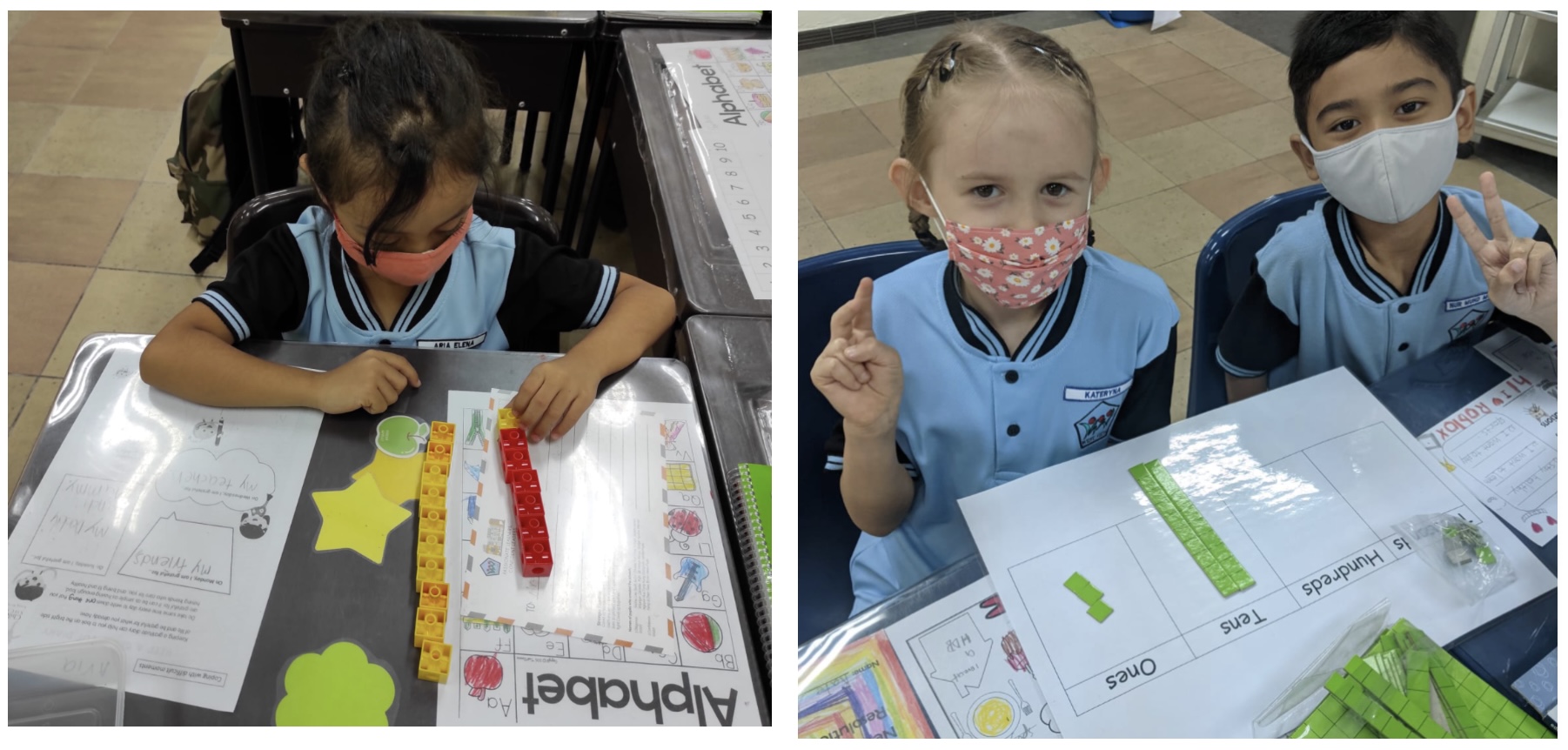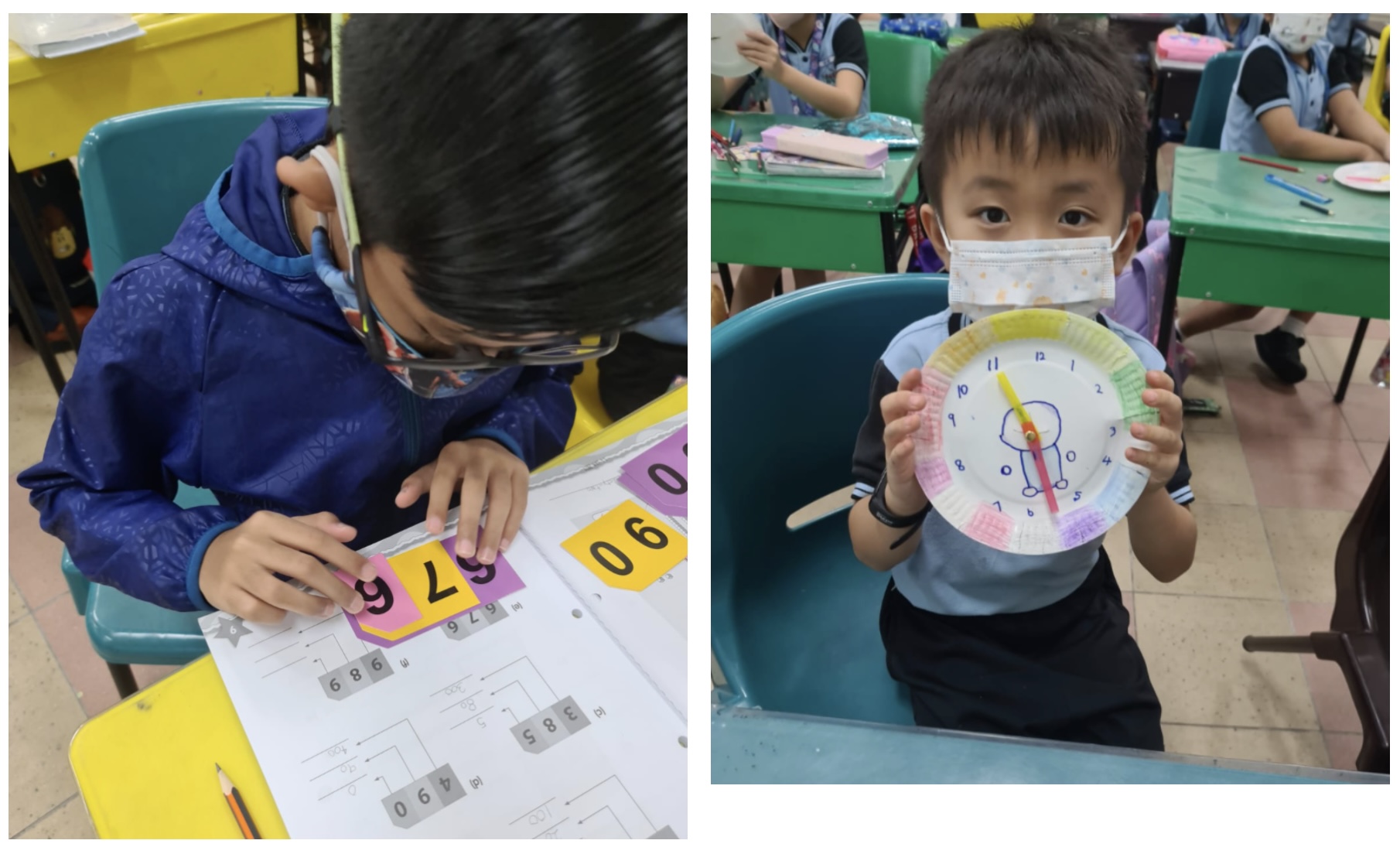What’s up in class?
“Children must be taught how to think, not what to think” – Margaret Mead
The main focus of our mathematics curriculum is problem solving, that is, using mathematics to solve problems.
In West View, we want every pupils to be a self-directed and confident problem solver. At the end of their primary school journey with us, our pupils will have:
- Ability to solve problems in real-life context
- Ability to communicate mathematics
- Interest and enjoyment in learning mathematics
Through the varied learning experiences provided, our pupils will be able to acquire mathematical concepts and skills. On top of that, our pupils will also develop in them, the required cognitive and metacognitive skills. We want to ensure that our pupils to have a strong foundation in order to pursue mathematics at the next higher level.
“To solve math problems, you need to know the basic mathematics before you can start applying it” – Catherine Asaro

Factual Fluency
It is important for pupils to be able to recall basic Maths facts fluently. Math facts are important because they form the building blocks for higher-level math concepts. When pupils master his/her math facts, more memory spaces will be free up for them to learn more difficult mathematical concepts.
Various modes were used to conduct Factual Fluency. One example is the use of technology: Ipads were allocated to every pupil. The pupils were timed to complete each question. The timed practice aids the pupils in improving on their speed and accuracy.
“Mathematics is not about numbers, equations, computations, or algorithms: it is about UNDERSTANDING” – William Paul Thurston
Concrete-Pictorial-Abstract (C-P-A) Approach
Concrete, Pictorial, Abstract (CPA) is a highly effective approach adopted by our Mathematics department in the teaching and learning of mathematics. This approach aims to develop a deep and sustainable understanding of maths in pupils. It builds on the pupil’s existing knowledge by introducing abstract concepts in a concrete and tangible way. It involves moving from concrete materials, to pictorial representations, to abstract symbols and problems.
“It is better to solve 1 problem five different ways, than to solve 5 problems one way” – George Polya


Spatial Visual Programme (SVP)
Spatial visualization, also called spatial intelligence, is a measure of the ability to look at a two-dimensional figure and visualize what it would look like expanded into three dimensions. It allows children to visualise and manipulate objects and shapes in their head. This skill can be nurtured and developed in children as young as the age of 9 years old. Just like one never forgets to cycle or hop, spatial skills once developed it remains with the person for life. Beside equipping our pupils with the spatial skills, the programme also aims to build their confidence and developing their metacognition.
Learning Centres
A learning center is typically a designated area within the classroom that provides pupils with exciting and interesting experiences to practice, enrich, reteach, and enhance their learning.
The activities allow and encourage pupils to collaborate in small groups where peer learning can takes place. Peer learning can lead to improved attitudes and a more personalized, engaging, and collaborative learning experience, all of which can lead to higher achievement.
“Be brave enough to start a conversation that COUNTS”

